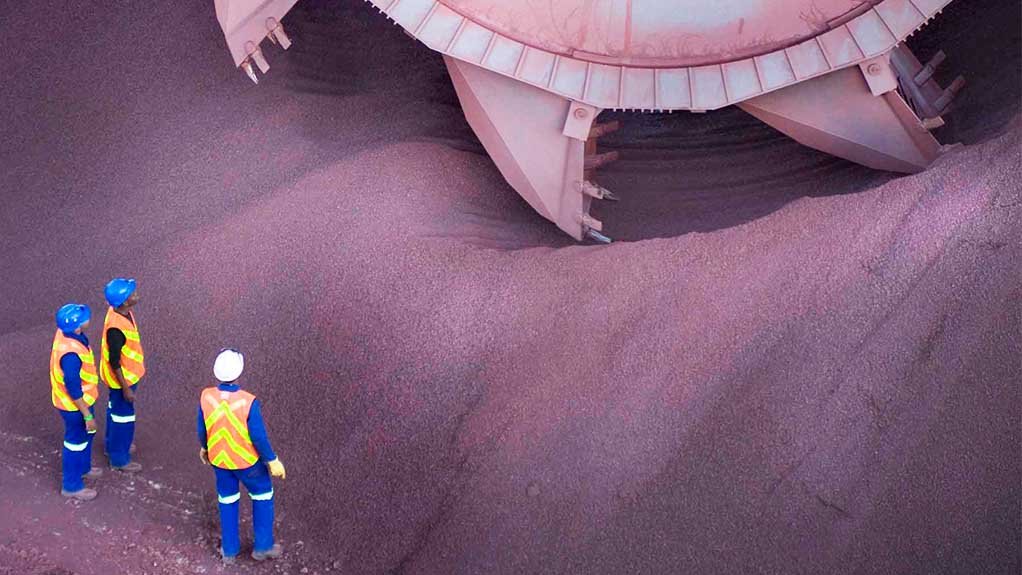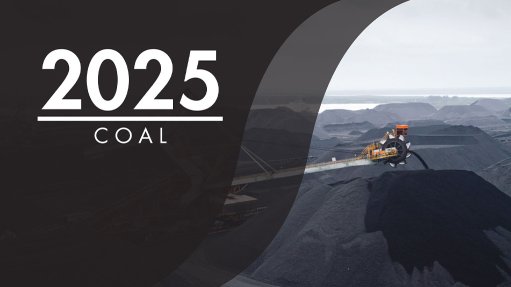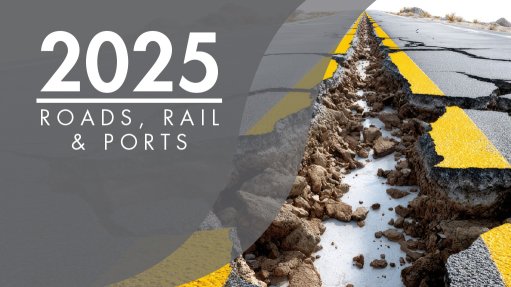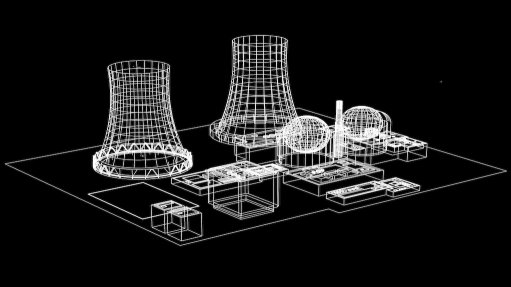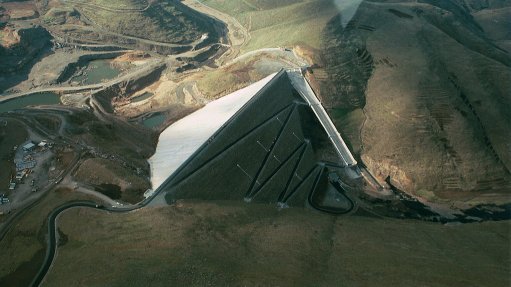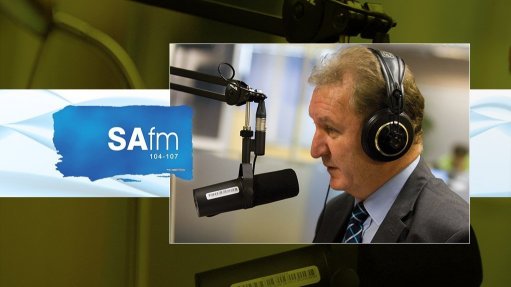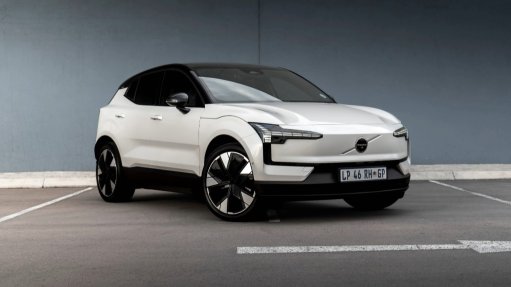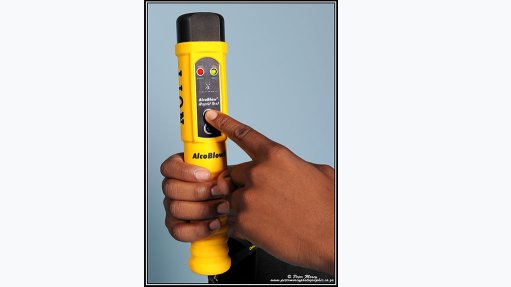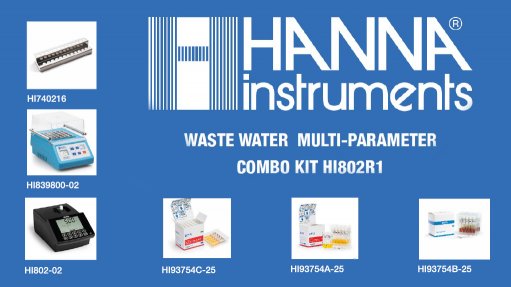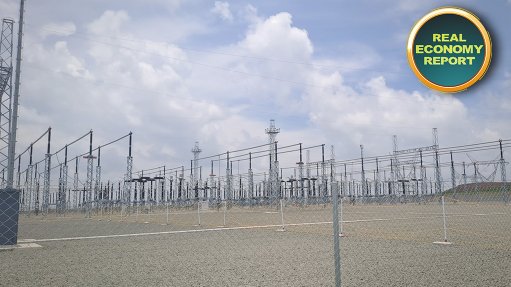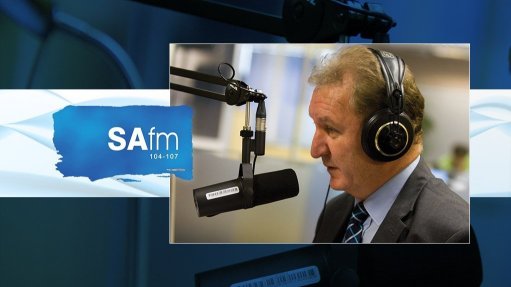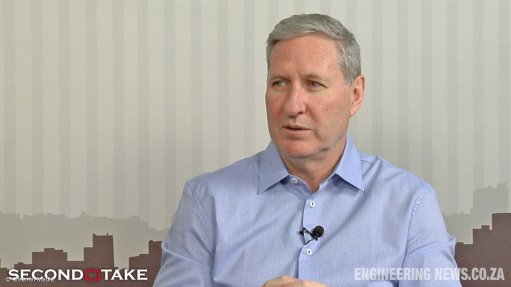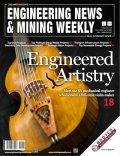South Africa’s Kumba Iron Ore helping to lessen carbon emission in global steelmaking
The high ferrous content of Kumba Iron Ore’s iron-ore, which is produced in South Africa’s Northern Cape, is helping to lessen CO2 emissions at a time when this is the global pursuit of steelmakers.
Engineering News & Mining Weekly can report that the iron (Fe) content of Kumba ore is typically considerably ahead of its peers by being above the Platts 62 index.
Moreover, Kumba’s lump-to-fine ratio is a further differentiator.
For the first half of this year, Kumba’s Fe was 64.1% and lump-to-fine ratio was 67:33, in contrast with a broader industry trend of declining ore quality. Some iron-ore majors have gone down to 61% Fe, and the highest lump-to-fine ratio produced being well below that of Kumba.
Owing to its premium grade, the iron-ore product of the Johannesburg Stock Exchange-listed Kumba reduces the Scope 1 carbon emissions of customers.
As a result, demand for it is poised to increase in the medium to long term.
Highlighting the importance of iron-ore that contributes to decarbonisation was last month’s visit to Shanghai by Australia Prime Minister Anthony Albanese, which took place against the background of the iron-ore from Australia’s ageing Pilbara region falling short of the quality and purity typically required.
As a consequence, effective from January 2, Platts is lowering the benchmark grade of the Australian ore from 62% to 61% iron content and going forward, the closing of the quality gap is going to need considerable investment in renewable energy and green hydrogen to bring about clean processing.
By contrast, at the desirable end of the Platts Index is South Africa’s Kumba, an Anglo American group mining and marketing company which is earning a premium in the global market because of the ability of its quality ore to lessen CO2 emission.
Kumba’s standard and premium products are ideal for the blast furnace steelmaking method, with higher-grade ore not only reducing CO2 emission but also improving productivity.
As a rule of thumb, each 1% increase in Fe lowers CO2 emission by 2.5%. On top of that, the use of the lump ore that is synonymous with Kumba reduces CO2 emissions by around 10%.
In addition to blast furnace steelmaking, Kumba sells some of its premium-grade to steelmaking companies that use direct reduction (DR) in direct reduced iron (DRI) production, which is a carbon light steelmaking method.
Globally, more than 70% of blast furnace capacity is less than 20 years old and most of it is thus expected to remain in service for at least another 20 years and, together with DRI-steelmaking, continue to account for more than 60% of global production.
In the six months to June 30, Kumba obtained an average realised free-on-board export price of $91 per wet metric tonne (wmt), which was 8% above the benchmark price. The $11/t it obtained for its Fe and lump was partly offset by marketing premium and timing effects of $4/t, giving a net product premium of $7/t.
Contributing in major fashion now is also the ultrahigh dense medium separation (UHDMS) that Kumba dispenses.
The UHDMS is on the way to trebling the volume of premium-grade product produced as a proportion of the total production of Kumba’s Sishen Iron Ore opencast mining operation, which will result in premium-grade volumes increasing from less than 20% to more than 50%. On top of that, the technology lowers the cutoff grade from 48% to 40%, reduces the life-of-mine stripping ratio from 4.2 to 3.6 and secures Sishen’s life-of-mine to 2040.
Article Enquiry
Email Article
Save Article
Feedback
To advertise email advertising@creamermedia.co.za or click here
Comments
Press Office
Announcements
What's On
Subscribe to improve your user experience...
Option 1 (equivalent of R125 a month):
Receive a weekly copy of Creamer Media's Engineering News & Mining Weekly magazine
(print copy for those in South Africa and e-magazine for those outside of South Africa)
Receive daily email newsletters
Access to full search results
Access archive of magazine back copies
Access to Projects in Progress
Access to ONE Research Report of your choice in PDF format
Option 2 (equivalent of R375 a month):
All benefits from Option 1
PLUS
Access to Creamer Media's Research Channel Africa for ALL Research Reports, in PDF format, on various industrial and mining sectors
including Electricity; Water; Energy Transition; Hydrogen; Roads, Rail and Ports; Coal; Gold; Platinum; Battery Metals; etc.
Already a subscriber?
Forgotten your password?
Receive weekly copy of Creamer Media's Engineering News & Mining Weekly magazine (print copy for those in South Africa and e-magazine for those outside of South Africa)
➕
Recieve daily email newsletters
➕
Access to full search results
➕
Access archive of magazine back copies
➕
Access to Projects in Progress
➕
Access to ONE Research Report of your choice in PDF format
RESEARCH CHANNEL AFRICA
R4500 (equivalent of R375 a month)
SUBSCRIBEAll benefits from Option 1
➕
Access to Creamer Media's Research Channel Africa for ALL Research Reports on various industrial and mining sectors, in PDF format, including on:
Electricity
➕
Water
➕
Energy Transition
➕
Hydrogen
➕
Roads, Rail and Ports
➕
Coal
➕
Gold
➕
Platinum
➕
Battery Metals
➕
etc.
Receive all benefits from Option 1 or Option 2 delivered to numerous people at your company
➕
Multiple User names and Passwords for simultaneous log-ins
➕
Intranet integration access to all in your organisation



